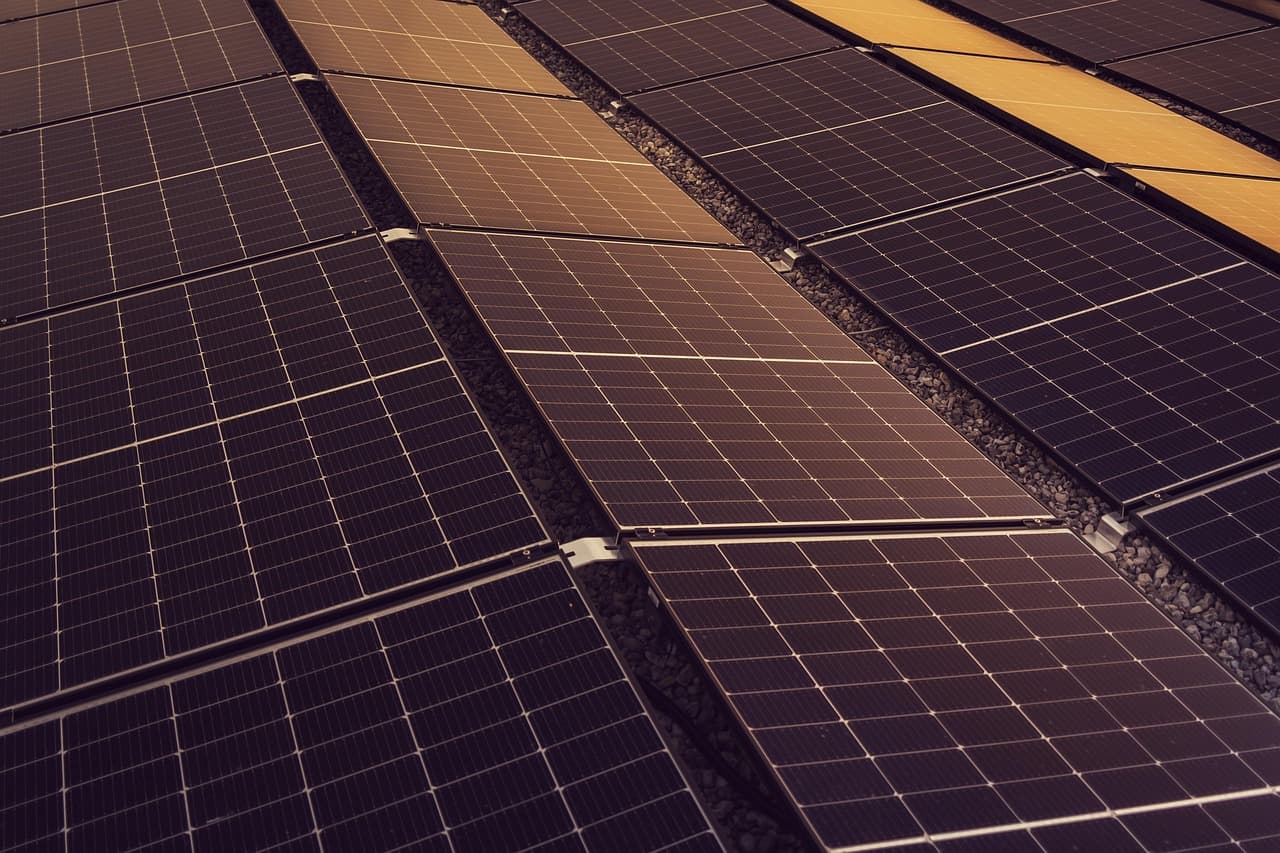Breakthrough in solar cells: copper electrodes instead of silver
TNO has succeeded in applying copper to solar cells using a new screen printing process.
Published on September 23, 2025

Team IO+ selects and features the most important news stories on innovation and technology, carefully curated by our editors.
TNO has succeeded in applying copper to solar cells using a new screen printing process. This innovation can generate almost as much electricity as the traditionally used silver. The use of copper makes the production of solar cells cheaper and more sustainable. At the same time, it offers resilience against future silver shortages and price increases.
Performance remains the same
The new process, which uses existing screen printing production technology, makes it possible to apply very narrow copper lines to both the front and back of the solar cells. The performance of these copper-metallized cells is within 1% of traditional silver-metallized cells.
Copper is currently a hundred times cheaper and much less scarce (a thousand times) than silver, allowing solar cell production to scale up sustainably without dependence on this scarce raw material.
Global demand for solar energy is growing rapidly. According to estimates, the annual growth in PV capacity could reach almost 1 terawatt by 2035. With such an upscaling of PV production, up to 50% of annual silver production would be used for solar cells alone.
Further development
TNO is continuing to work on improving the copper metallization process, developing advanced solar panel technology adapted to this process, and testing the long-term reliability of the solar panels produced.
Because the new method uses existing screen printing production technology, it is relatively easy to implement in industry. Together with partners such as MCPV B.V., work is underway to achieve rapid and sustainable application in industry.
